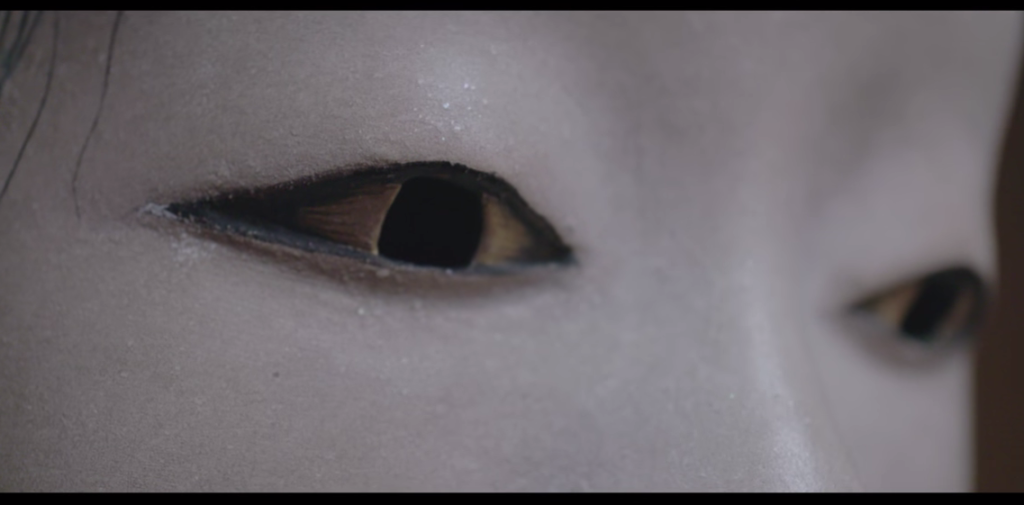 The Japanese art of Noh is the oldest surviving theater tradition in practice. Dating back to the 14th century, the classical musical drama is derived from the Sino-Japanese word for “skill” or “talent.” When combined with the theater art of kyogen, Noh is known as nogaku. It was named an Intangible Cultural Heritage by UNESCO.
The Japanese art of Noh is the oldest surviving theater tradition in practice. Dating back to the 14th century, the classical musical drama is derived from the Sino-Japanese word for “skill” or “talent.” When combined with the theater art of kyogen, Noh is known as nogaku. It was named an Intangible Cultural Heritage by UNESCO.
In Noh theater, there is little plot. Many performances are allegorical and metaphorical; historically, spectators were educated, thus they were familiar with the stories being represented and were able to appreciate the subtle references within the words and movements. Noh actors wear intricately carved masks to which they have a deep spiritual connection; some are handed down generations and believed to contain energies from past performers. Many masks are deliberately asymmetrical so that they evoke different emotions when viewed from the right side, left side, top, and bottom.
[pb_vidembed title=”” caption=”” url=”http://www.youtube.com/watch?v=WKBu834PxNs” type=”yt” w=”680″ h=”385″ autoplay=”true”]







